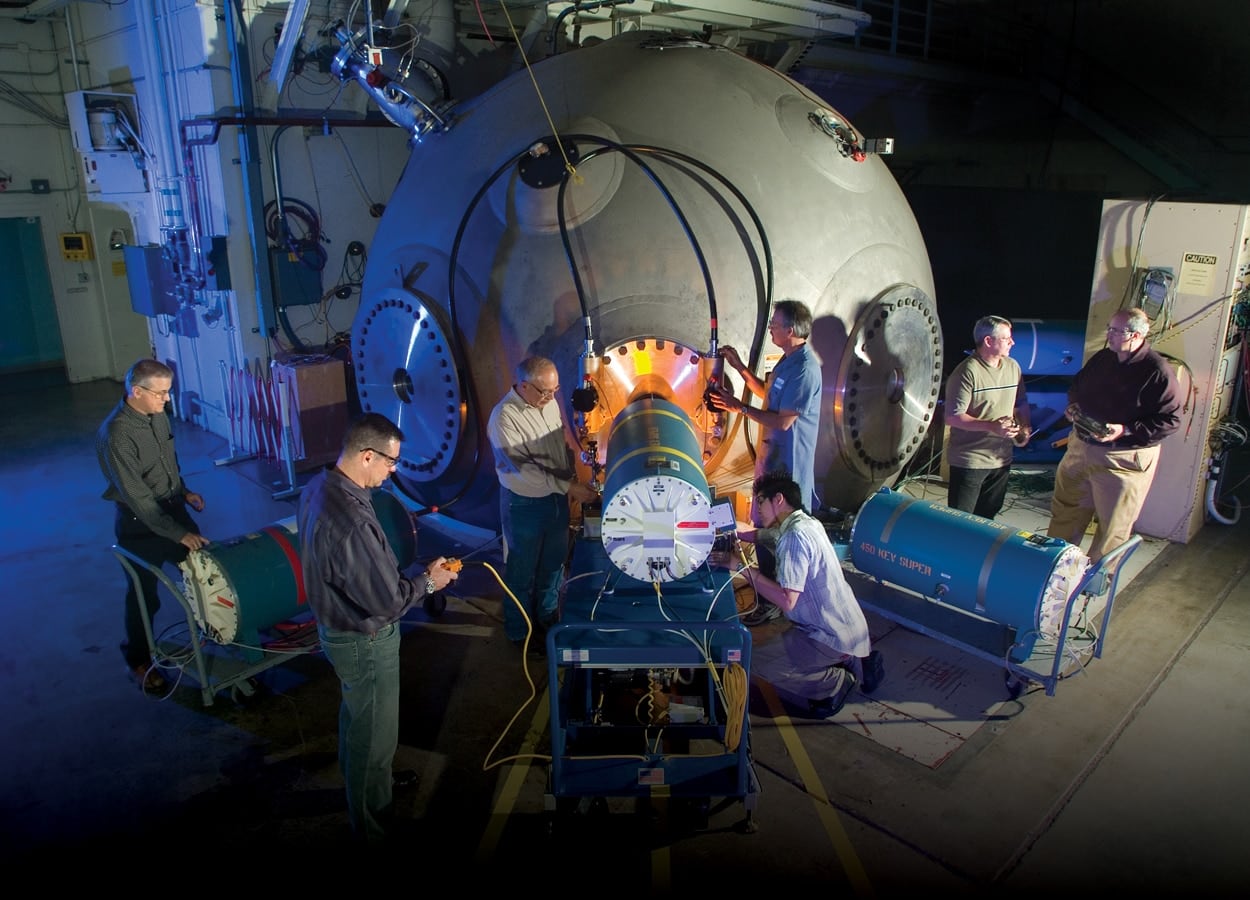WASHINGTON — The National Nuclear Security Administration has completed work on an updated nuclear warhead for the Navy, the first in a series of major life-extension programs for America’s arsenal.
The NNSA announced today that as of December, all of the Navy’s W76-0 warheads, introduced in the late 1970s, have been updated to the W76-1 design. The W76-1 warhead is placed on the re-entry vehicle for the submarine-launched Trident II D5 ballistic missile.
Production on the W76-1 started in Sept. 2008; the modernization effort not only extends the service life of the weapons by about 20 years, but comes with added safety features, requiring what NNSA head Lisa Gordon-Hagerty called “significant modifications” to the design.
“Today is a shining example of the crucial role NNSA plays in enhancing our nation’s nuclear security,” Gordon-Hagerty said at a ceremony Wednesday in Texas.
RELATED

Completing the W76-1 program is indeed a major milestone for the agency, not just because of the capability it will provide, but because it is the first of the major life-extension programs NNSA has underway — something of a proof-of-concept for the agency going forward. Gordon-Hagerty acknowledged at much, saying the program’s completion is a sign the agency can “develop, execute and complete” future life extensions and modifications.
However, there may still be work to do for the W76 going forward, thanks to the Trump administration’s decision to seek a low-yield variant of the weapon, dubbed the W76-2. Production for that design could be done as soon as next year or go through FY24, depending on funding, but its future is unclear; democrats oppose the warhead design, and Rep. Adam Smith of Washington, the new chairman of the House Armed Services Committee, has said he will look to kill the development and use those funds elsewhere.
For now, Gordon-Hagerty said, the NNSA is “track to meet DoD requirements” on the W76-2.
The next nuclear warhead program to hit a major milestone should be the B61-12, a new version of America’s nuclear gravity bomb which will replace the B61-3, -4, -7 and -10 variants. That program is slated to deliver its first production unit in FY20 and complete production by FY24. NNSA estimates the program will cost between $7.3 and $9.5 billion.
Aaron Mehta was deputy editor and senior Pentagon correspondent for Defense News, covering policy, strategy and acquisition at the highest levels of the Defense Department and its international partners.








